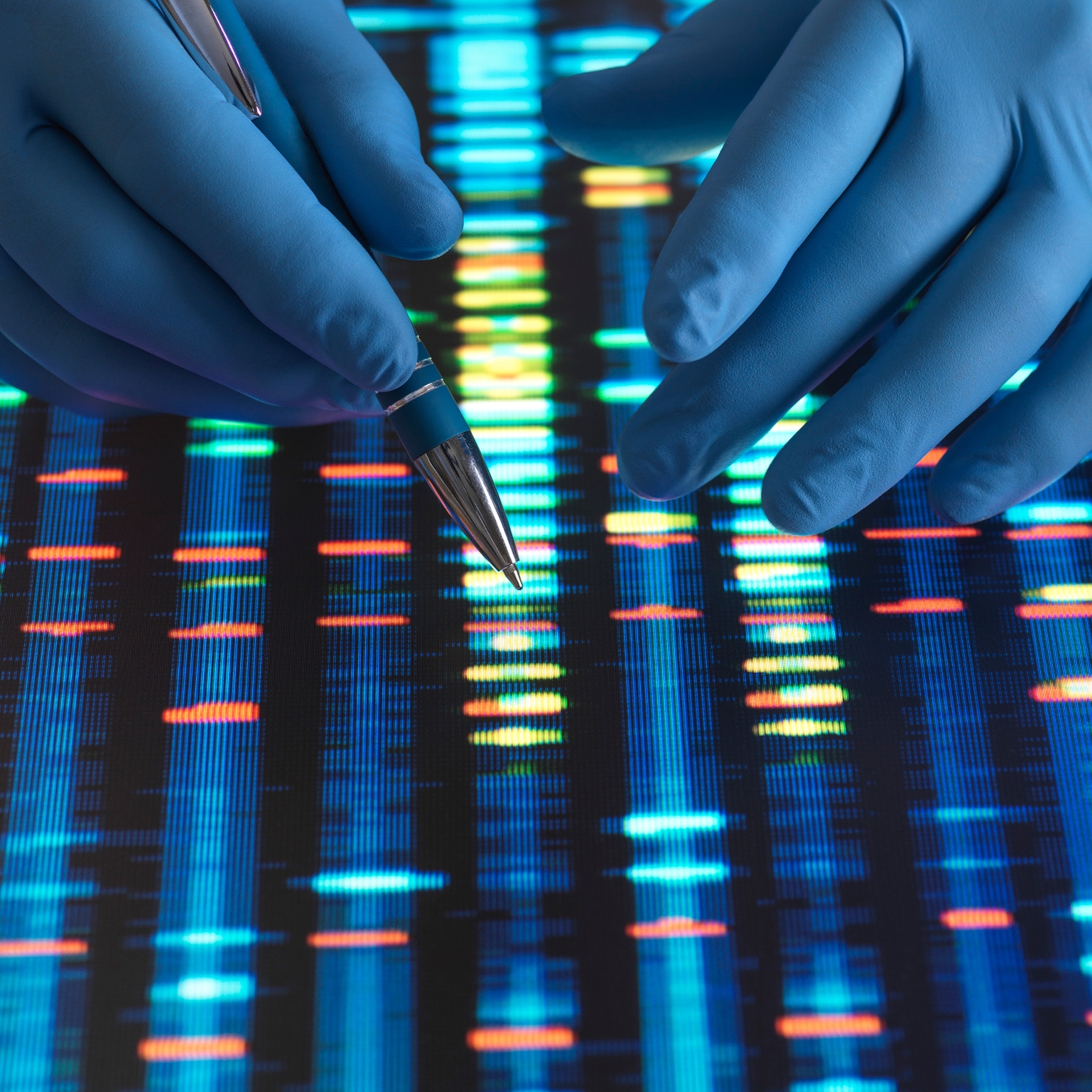Nearly half of all Americans have used at least one prescription drug in the last 30 days; over 20 percent have used three or more. Medicines are a commonly used medical intervention, preventing, treating, or managing an ever-increasing number of illnesses and conditions. As the world’s population ages and our life expectancy increases, also largely thanks to better health care, people are taking more medications. This is shining a fresh light on the importance of drug adherence—taking medicines correctly.
Reports suggest that as many as half of all patients don’t take their medication as recommended. Within just 10 days of starting a course of medicine, almost a third of patients are taking them incorrectly—45 percent of these knowingly. In one U.K. study, a patient was asked why he wasn’t taking his medication. Indicating the label that read “Take one tablet in the morning,” the patient explained that he rarely woke up until the afternoon. This might seem extraordinary, but millions of people are skipping meds or altering their doses, times, and frequencies. However, what may seem like a trivial change can significantly alter the way a drug works. In some cases, it might simply become ineffective, but at worst what should cure us could actually harm us.
Many health care practitioners follow a guideline of five rights: the right patient, the right drug, the right dose, the right time, and the right route. The science of why these rules exist is sobering. Every medicine is meticulously designed to treat a specific condition in a very precise way; it is usually prescribed to a particular person after a thorough assessment by a qualified clinician. It is an arrangement that delivers the right drug to the right person. Although two people might share exactly the same condition, what is right for one is not automatically right for the other.
This is why doctors talk to patients. Before prescribing a medicine, clinicians ask about health, lifestyle, allergies, and other meds, including the use of recreational drugs, herbs, supplements, and vitamins. First, this crucial information helps to avoid allergic reactions; 10 percent of the world’s population report that they are allergic to penicillin, one of the most widely prescribed antibiotics. The information also minimizes the risk of drug interactions, where other substances change a drug’s effect on the body. For example alcohol increases drowsiness and delays reactions, putting the patient at greater risk from accidents. Some decongestants increase blood pressure, making them dangerous for those with hypertension, and even something as innocuous as grapefruit juice can cause liver damage or kidney failure by prompting the body to retain statins used in cholesterol-lowering drugs.
The right dose of medicine may vary from person to person; too little and the drug might be ineffective, too much and the drug might be dangerous. One determining factor is age, as growing older slows our blood circulation and decreases the efficiency of our livers and kidneys to process medicine, meaning that more of it stays in our systems for longer. Antibiotics require every single dose to be taken on time until the entire prescription is complete. Here, taking too little could see the infection worsen, return, or even develop resistance to the drug—bad news for everyone. For many medicines, taking more than the prescribed dose is dangerous, even fatal. Overdosing on the over-the-counter painkiller acetaminophen is responsible for more emergency hospital visits in the U.K. than any other medicine, while opiates such as codeine are highly addictive and can cause respiratory failure if the dose is too large.
The right dose is linked closely to the right timings. To be effective, medications need to be maintained at a certain level in the bloodstream. Missing a dose or even delaying it a few hours can cause the drug to drop below an effective level, jeopardizing the treatment. Time of day can also make a difference: Hay fever is typically most severe in the morning, so bedtime is the best time to take antihistamines as they peak after about 12 hours. Even the order in which multiple medicines are taken matters, as it can be vital that some drugs pass through the system before others are introduced. Antacids, for example, can prevent the body from absorbing some antifungal medications.
Finally, there are more than five different ways for drugs to be delivered into the bloodstream, all determined by the area being treated, the way the drug works, and its ingredients. The most common and expedient route is by mouth; however, the active ingredients of some drugs are destroyed by stomach acids, which rules out swallowing them. Instead, alternative routes are prescribed, such as inhaling, injecting, or applying to the skin. Similarly, the absorption of some medicines is inhibited by food in the digestive tract, while other drugs, such as aspirin, can damage the stomach lining if not taken with food.
Drugs are certainly complicated, and they are not always convenient, but if taken correctly they can be very effective. Scientists are constantly looking to simplify the way medicines are taken, as this is seen as the key to improving drug adherence. However, nothing will replace the basic need for patients to responsibly manage their medications and follow their instructions exactly. In a future where more personalized and complex drugs are being developed and prescribed, taking our medications correctly is becoming more important than ever.
We asked some big questions about living a better life. Discover more about how we can overcome the world’s biggest challenges at natgeo.com/questionsforabetterlife







